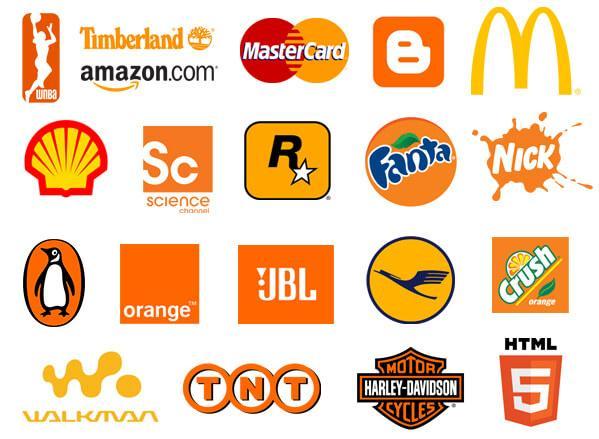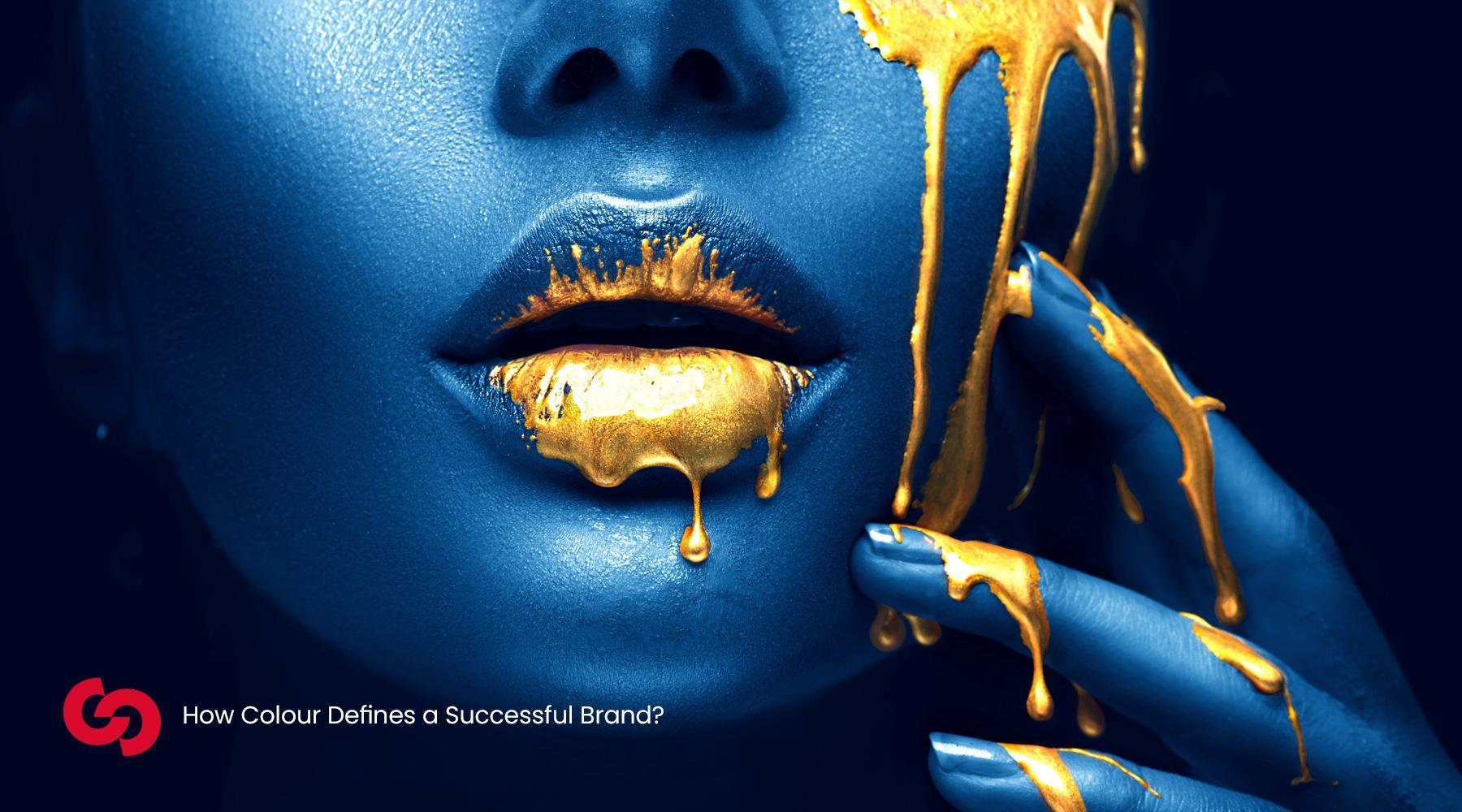
Colours are more powerful than you think… The colour if an icon can actually make you click, the colour of a dress and compel you to purchase it. Colour can say a lot about a brand and the audience they are trying to target, like gender, age, flavour and much more. Science has proven that colour has the power to prove emotions, so using the colours strategically for your marketing efforts, you can get your audience to see what you want them to see and help them perceive you the way you aim to be perceived. For a reason, it is crucial to understand the colour psychology and use it effectively to market your brand.
You may also like:
What Is Colour Psychology?
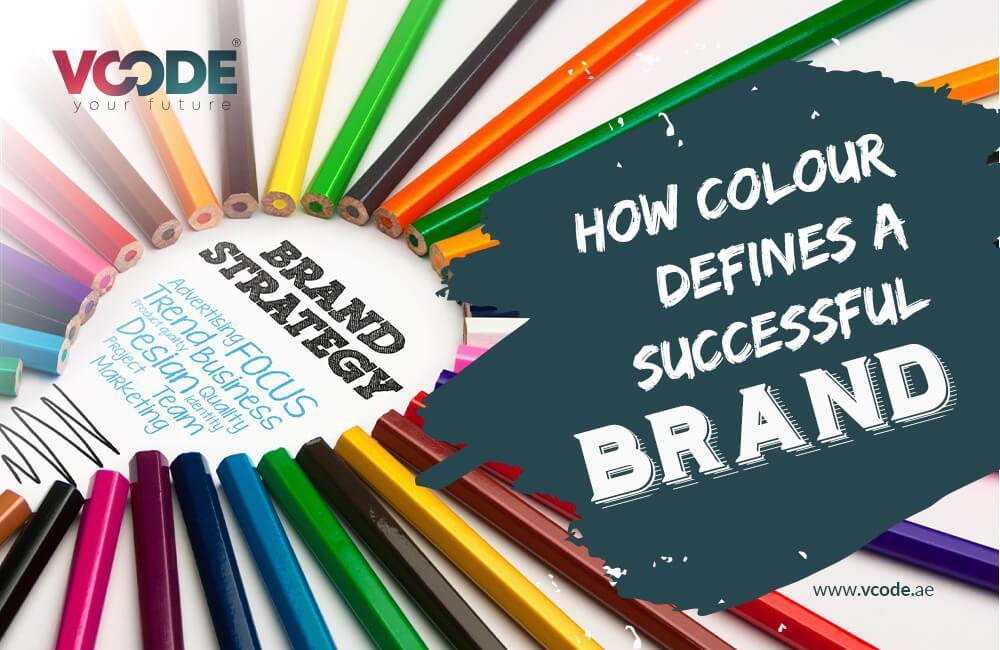
Colour psychology is a study of the relationship between human behaviour and colours. The aim was to study the effects of colours on everyday purchasing decisions. And surprisingly, colour does play a huge role in why people prefer certain products over others. Similarly, there is a smart use colour strategically behind every successful brand. And yes, some brands can fail because of wrong selection of colours. The right selection of colours can portray your brand correctly.
Similarly, poor colour selection can do damage to your brand image. For instance, if you choose the wrong colours for your content or logo, it can turn out to be less readable and hard for your audience to understand. Or you can risk being ignored altogether.
What Can Colour Indicates About Your Brand?
As stated above, colours have the power to provoke emotions. As a brand, you want to cultivate a strong emotional connection with your customers. The problem is you can’t tell your company’s entire life story in a logo or storefront—but branding colours provide a shortcut straight to your clientele’s hearts.
Colours are divided into two main categories, warm and cool. Warm colours are often represented as energetic while; cool colours are associated with calmness and security. But how do each of the following colours affect us, and what does that mean for your brand? Here’s an overview of what differentiates each colour and how your brand can pick the right mix of them.
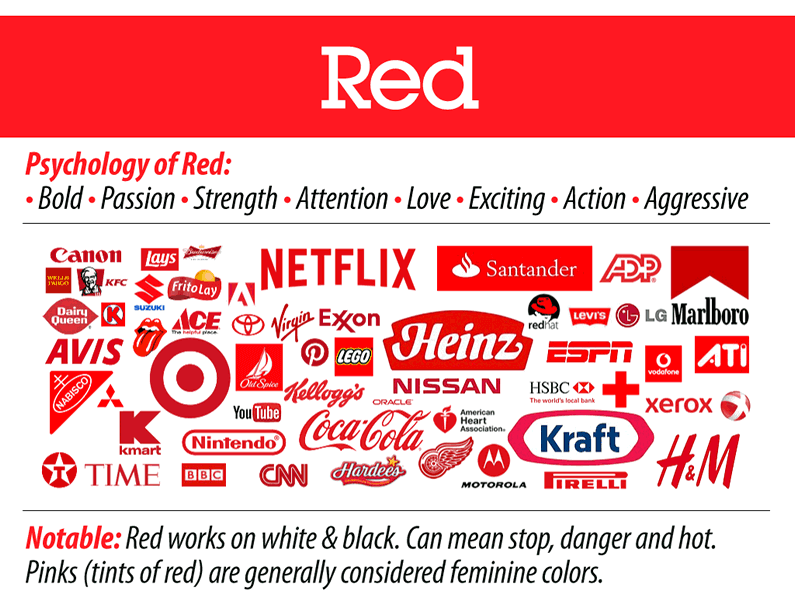
Red
Green
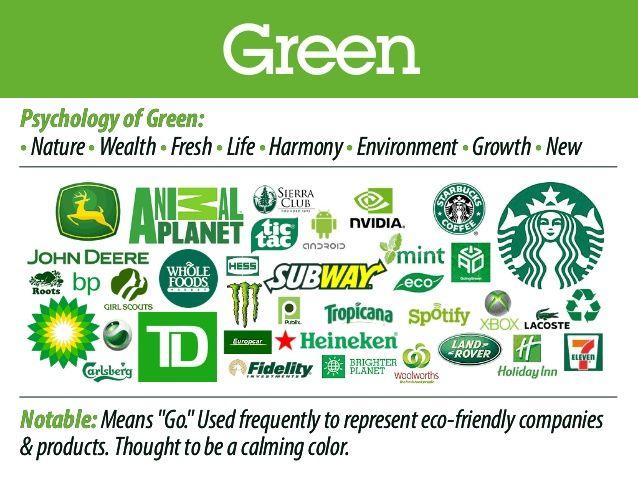
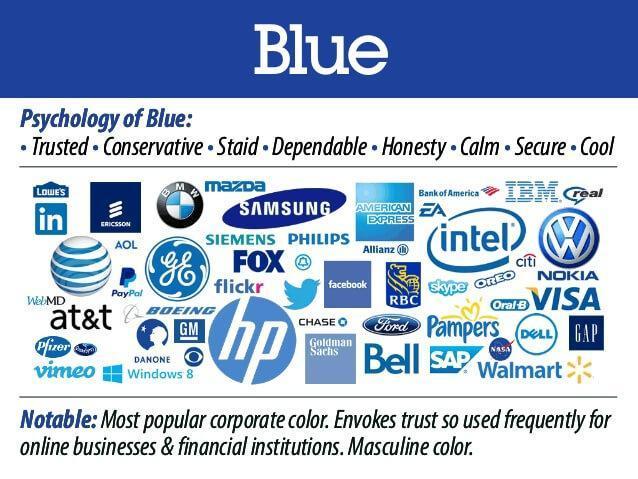
Blue
Purple
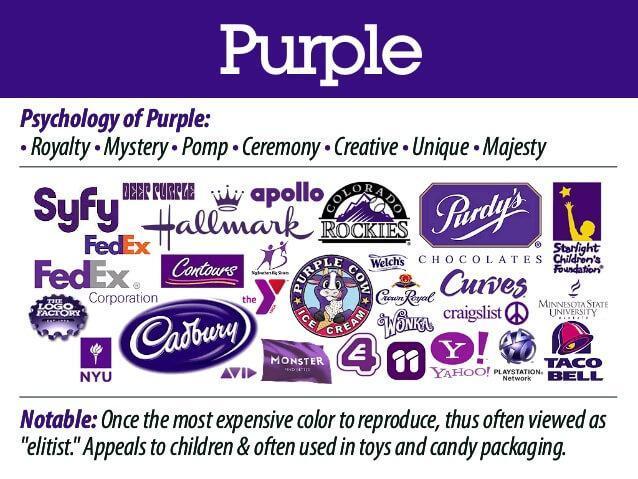

Grey
Orange
